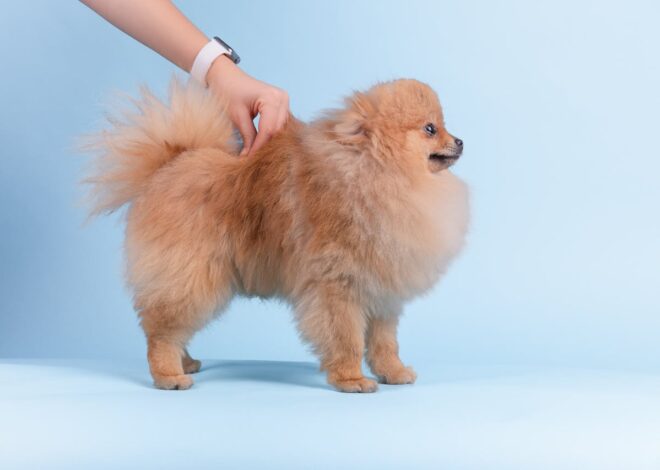
Bird Eggs & Hatching: How Long Does It Take & What Happens?
Which got here first – the chicken or the egg? We can debate, however one issue is sure—all birds came into this world with the aid of hatching from an egg.
Nevertheless, have you ever questioned how egg incubation and hatching in reality work? How long does it ultimately take, and what occurs under that shell at the same time?
Then eggs have thick shells and a fatty yolk, which creates metabolic water for the embryo while it dissolves.
For his or her eggs to hatch successfully, birds must hold them in heat and sheltered the usage of their very own bodies. That manner is referred to as incubation.
What occurs for the duration of Incubation?
How long does it take for bird eggs to hatch? By actively incubating their eggs, birds ensure the most reliable temperature and humidity for the development of their infants. Eggshells are already properly suitable to preserve temperature and moisture, however, they want some extra TLC from the dad and mom.
Here is how the egg incubation technique in birds goes down step by step
Eggs laying
After the nest is complete, it’s time for egg-laying. Most incubating birds lose feathers on the abdomen, creating a bald spot called a brood patch or incubation patch. Plumage acts as insulation, so the parent bird needs to lose some of it in the belly to be able to transfer its body heat to the eggs.
Reptiles were the first to “patent” the terrestrial egg, however, birds perfected the design.
Incubation
The chicken, commonly a girl, will begin incubating the egg as quickly because the grab is complete. while settling right down to incubate, the incubating parent will make a functional side-to-side motion to “tuck in” the eggs and make certain the best feasible contact of the brood patch with the eg
Most birds turn the eggs frequently to ensure they’re warmed (incubated) similarly in all aspects, ensuring even embryonic improvement.
Hatching
Since the shell is tough, chicks want equipment to open their manner to the outside global. this is why they have got an egg enamel.
The egg tooth is a brief sharp cap at the tip of the chick’s beak. It has only one cause – to interrupt the eggshell. After hatching, it disappears.
Breaking out of an egg form looks like an action film scene wherein the main protagonist has to interrupt a slender window and squeeze himself out of trouble. The hatchling pecks an Ahole in the shell of its egg enamel, then rests for some time. Then, it goes directly to % a circle around one give up of the egg.
Incubating domestic Birds
To completely manage the method and boost the hatching rate, chicken farmers.
An incubator is a device prepared with a thermostat that holds the eggs and incubates them at the proper temperature.
In known, bird eggs are artificially incubated at a temperature between 99.5 and 100.0°F (37.5-37.eight C).
The handiest exceptions for farm birds are emu and ostrich, requiring slightly lower incubation temperatures – 95.5 – 96.5°F (35.3 – 35.8°C) and 97.0 to 98.0°F (36.1 – 36.6°C), respectively.
Read Also; Pug Puppies for Sale in UK and the Love They Bring
The Shortest And Longest Hatchers & Other Fun Facts
In case you observe an abandoned chicken egg (and you’re 100% certain it’s abandoned), you can attempt incubating it, even though the egg hasn’t been warmed for some time. but, knowing that raising wild chook chicks is tough is pleasant left to professional flora and fauna rehabilitate
Both bird and reptile eggshells are made from calcium carbonate (CaCO3) in the form of calcite; the most effective exceptions are turtles, whose shells are constructed of aragonite (CaCO3 + magnesium).
Eggs are not hermetically closed. The eggshells have pores that allow the embryo to breathe – the oxygen goes in, and carbon dioxide goes out.
How does egg incubation work?
Because bird embryos expand outdoor of the mother’s body, the figure birds (or human beings) want to govern the temperature and different elements externally.
Do birds incubate their eggs constantly?
quite, no. Birds don’t begin incubating until they lay all the eggs, and laying can span days. If a Mallard lays one egg consistent with day, she can need at least 12 days to complete the entire snatch. If she commenced incubating momentarily, there could be a sizeable disparity in the developmental ranges of her chicks, making them harder to attend to.
Delaying incubation ensures that every embryo starts growing at the same time.
How long can hatching eggs cross without heat?
Eggs that have not begun incubating are dormant and cross without warmness for quite a while – up to 7 days. After the development has been prompted via a temperature of around eighty.6°F (27°C) or higher, the eggs need quite much constant heating.
however, they can nonetheless survive some hours without heating – birds even use absence from the nest to gradual down egg improvement if they need to. The maximum time a growing chook egg can continue to exist at temperatures beneath ninety°F (32°C) is eighteen hours.
As for the alternative extreme – too high warmness, embryos over six days antique) can tolerate quick-term exposure to temps above forty one°C. more youthful embryos may be killed by a few hours of exposure to this temperature.
What temp do bird eggs want to hatch?
The most effective hatching temperature for most birds is around 99.5°F (37.5 °C). but, there’s an inexpensive danger an egg will nonetheless hatch if it has been incubated inside an 84.5 – 104.9°F temperature range. The embryo can be precipitated into developing when the egg is warmed to eighty.6°F.
Do male birds incubate eggs?
It relies upon the species. In maximum birds, partners take turns incubating the eggs. but, there are exceptions. Emperor Penguins are a severe example of “daddy incubators.”
Read more: What does a sparrow look like


